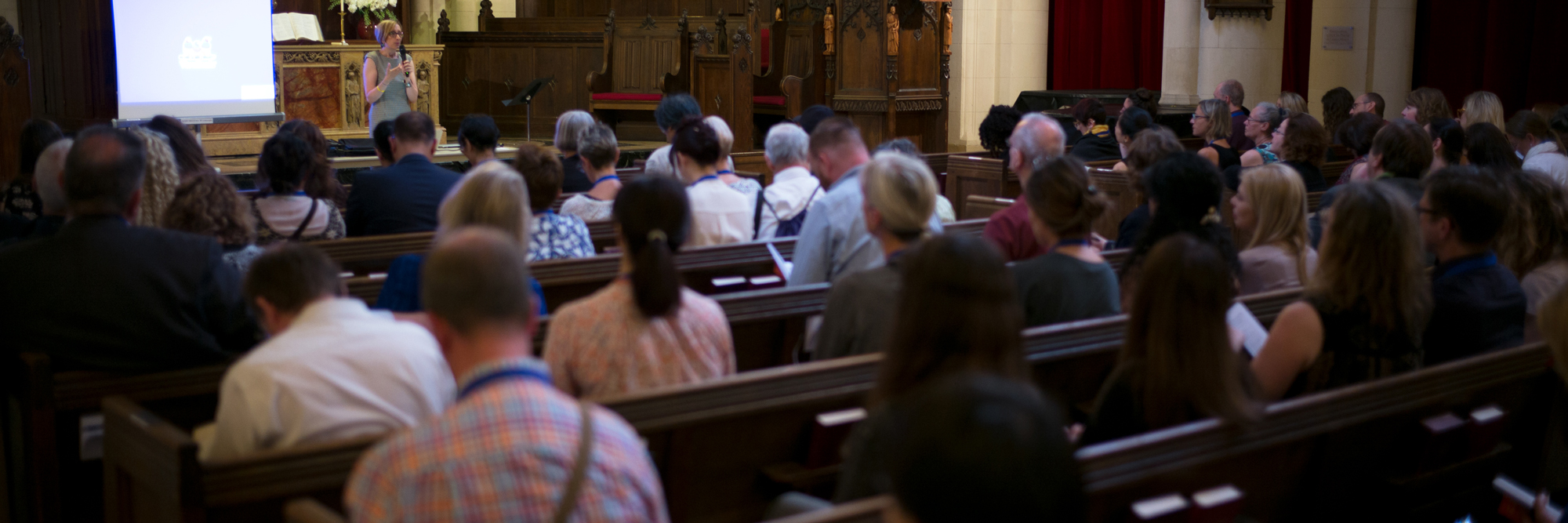At the widest scope, sites of artistic production, consumption and display – where art “lives” – are constantly being contested by forces of media, culture, and commerce. These various forms of contestation cause re-arrangement, giving rise to new art forms, media and venues, from the street to the Internet. To what extent do old forms and new forms merge, replace or challenge one another? In what ways do the various sites of reception and display affect sites of production – from the artist’s studio to the community hall? Is there such a thing as interdisciplinarity? And how do artistic media work with and interpret cultural flows and institutionalized spaces?
Then comes the concern for knowledge and pedagogy. As we live in increasingly visual cultures, forms of media and medium intersect with a kind of ‘crisis of information’ that overloads everyday life. The classical, or standard, classifications of artforms by their architypes, forms and mediums are called into question by this historical experience. Thus, how we make meaning from theses vectors of media, medium, and society, undergo various processes of transformation. We need to interrogate arts histories, theories, paradigms and frameworks for critical analysis. To what extent do we need to develop new creative tools and research approaches to redefine classical disciplinary classifications? What does it mean to teach and learn through and about the arts?
We want to also consider how cultural institutions, such as museums and galleries, play a role in the larger projects of community formation, nation-building and global politics. Artists and the arts themselves sometimes referred to as ’cultural ambassadors’. Such a terms raise issues of political relevance and call into question related concerns of value neutrality, and the deployment of art forms and practices to signal or help to engage social and political conflict at local, regional and global levels. In what way does an implicit scope of ethical concern frame art practices? What is the nature of art, the artist, and artworlds as political actors? How does art shape cultural, community and national policy? What, finally, is the role of art in society at an institutional level?
Art worlds have centered power in the scattered heteronomy different kinds of art practices. There can be a tendency to “look in”. But there is also a demand for the arts to “look to” society; be within society. To address social, political, and community agendas in the arts. This is as issue not only for from and content. But of who we speak to as artists, teachers and researchers: the audience. ‘Which publics’ are represented or included? Who are the players, the gatekeepers, and to what extent do our mainstream institutions reinforce or reflect the hierarchies of art world structures and opportunities for artists? How do artists and cultural workers reconcile their projects with profit as measures of success? What are the structural constraints that create and perpetuate power in art worlds? How do shifting contexts create and redefine audiences and audience participation?
